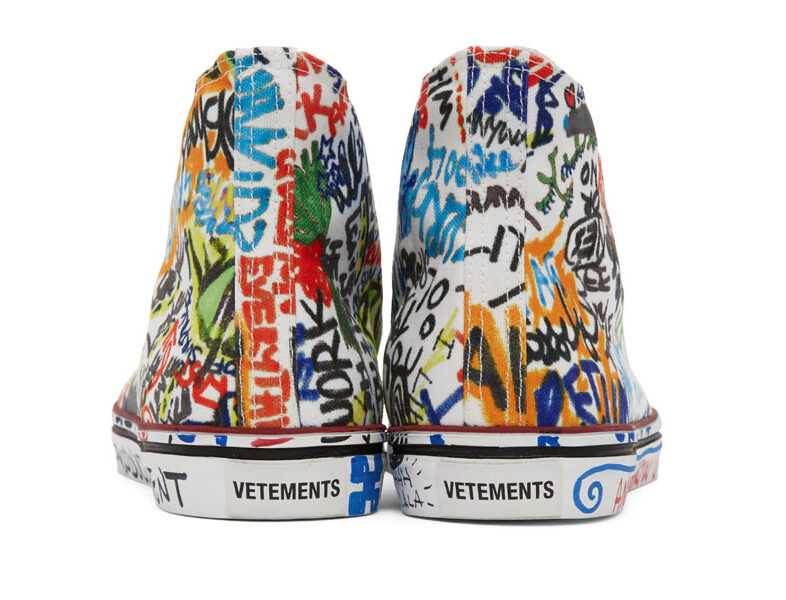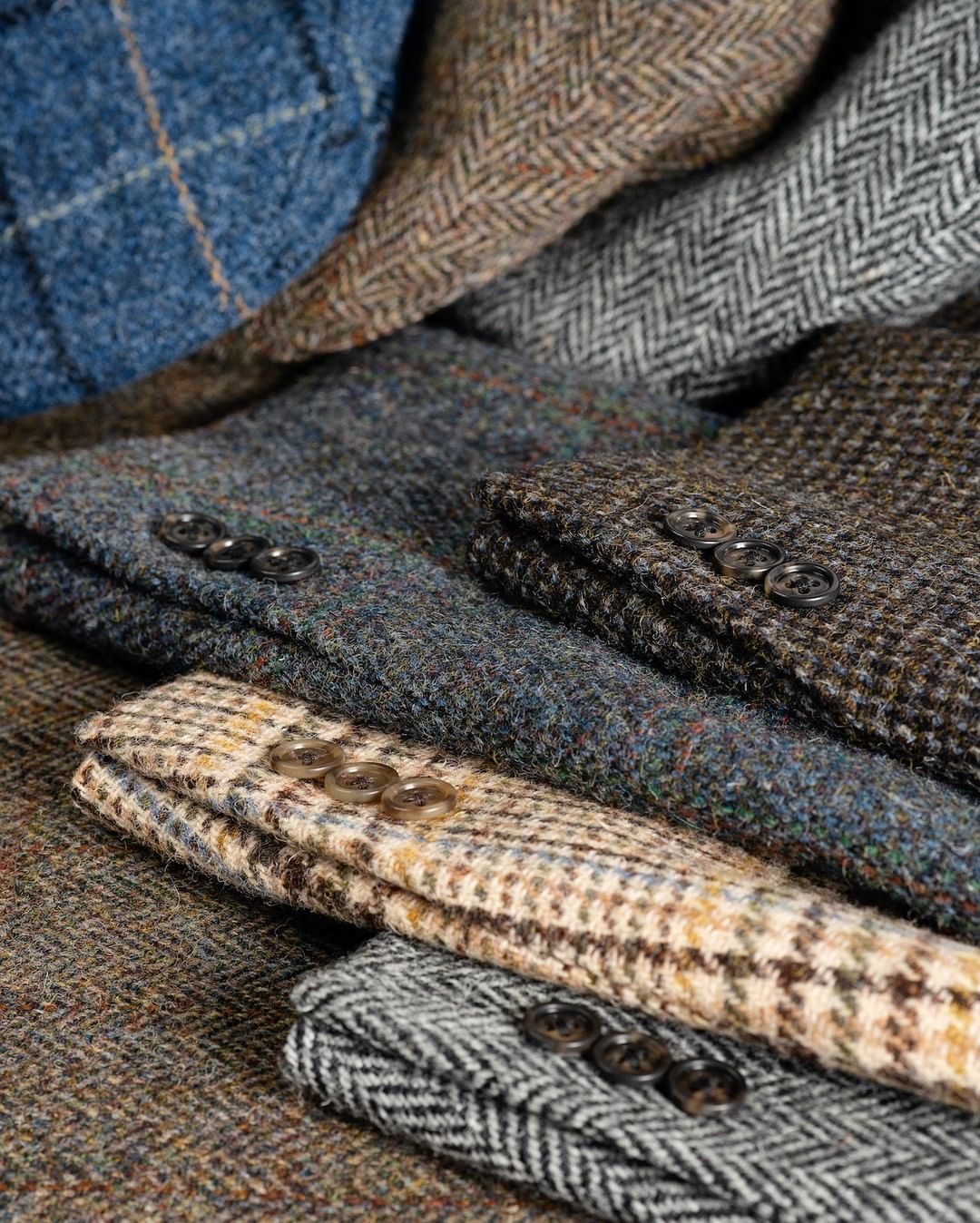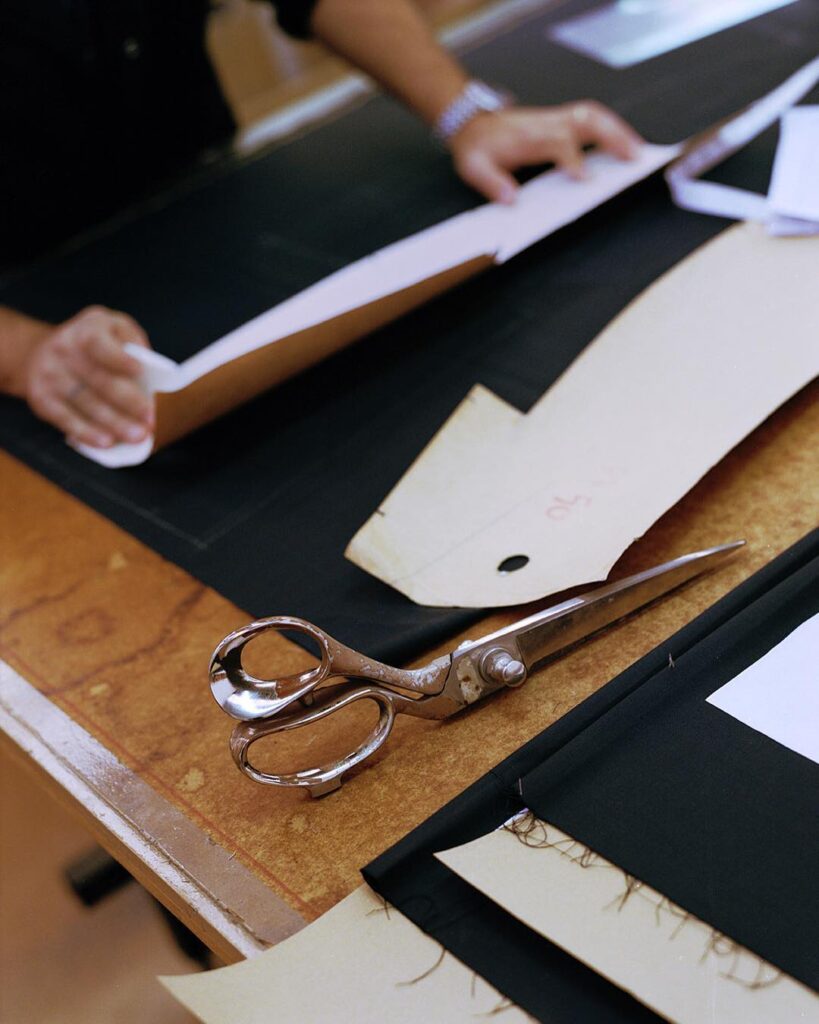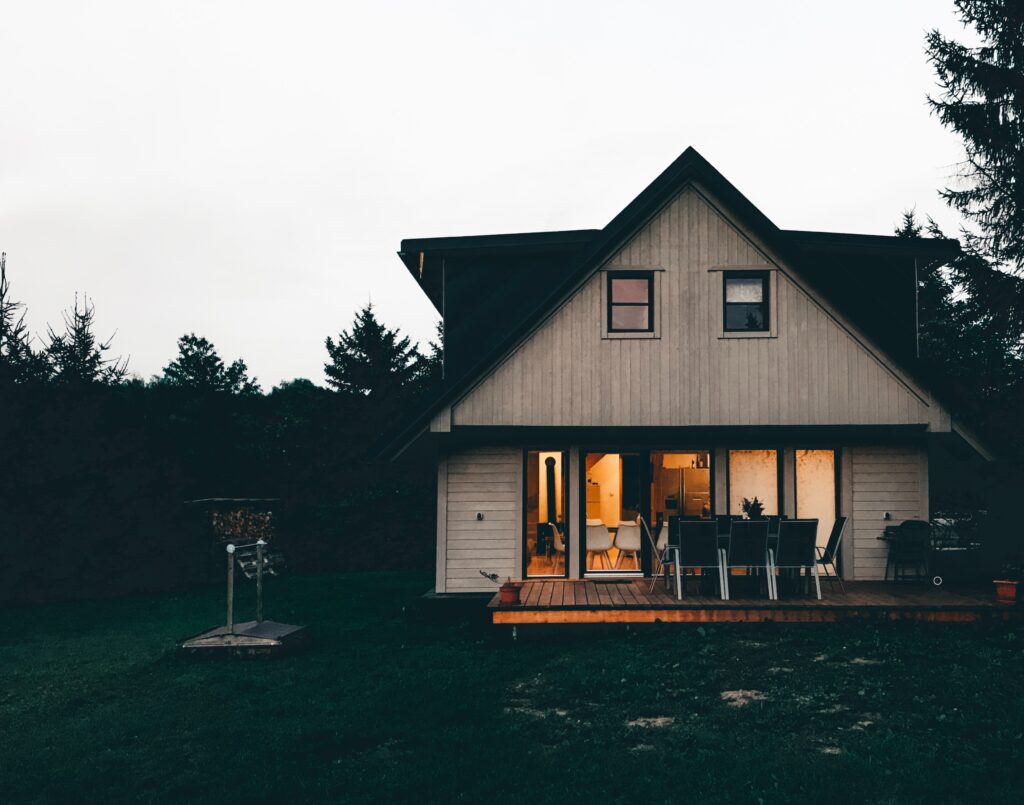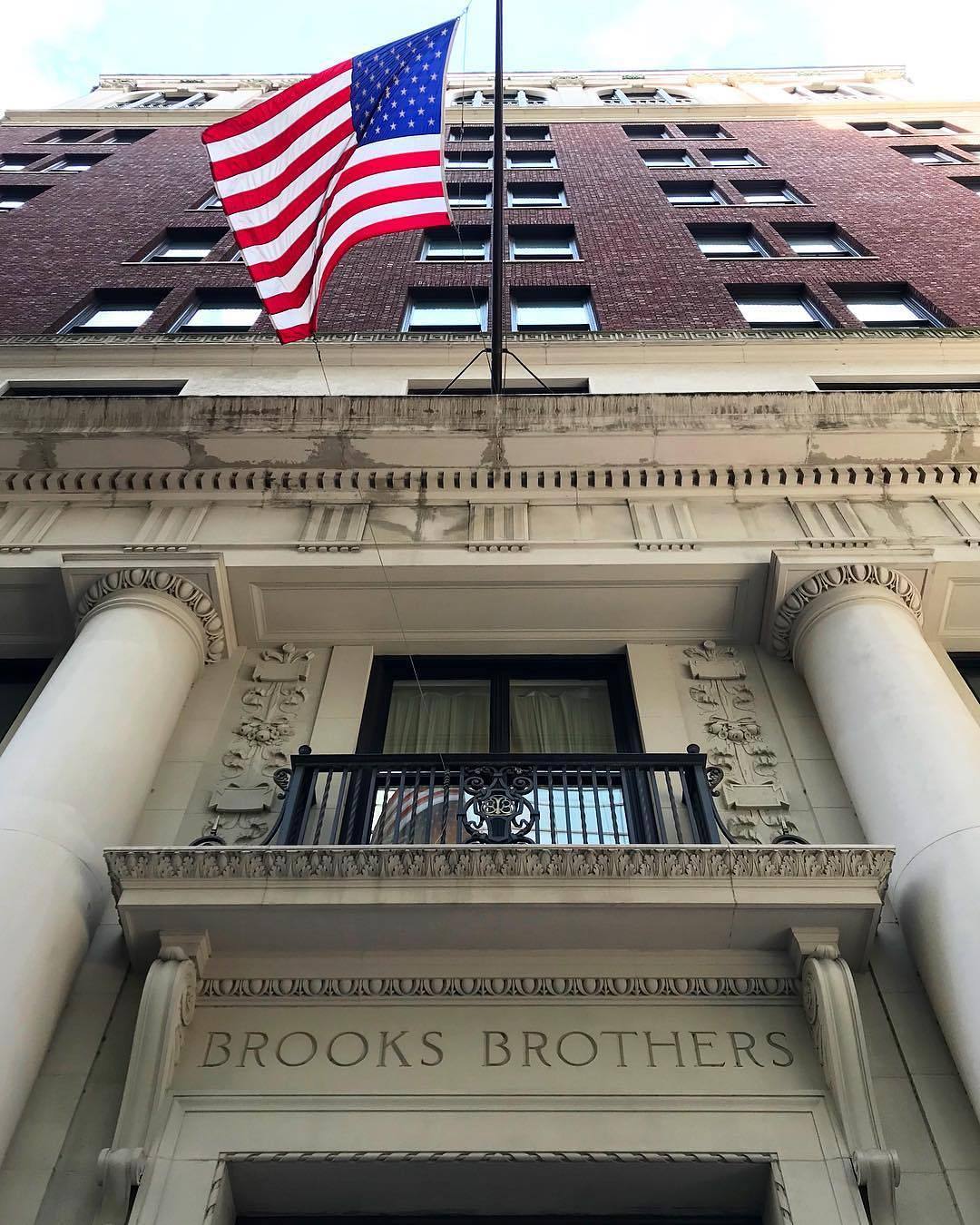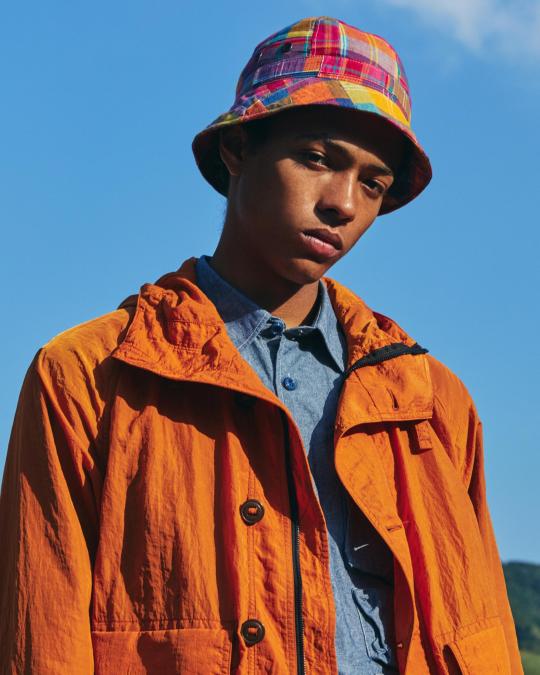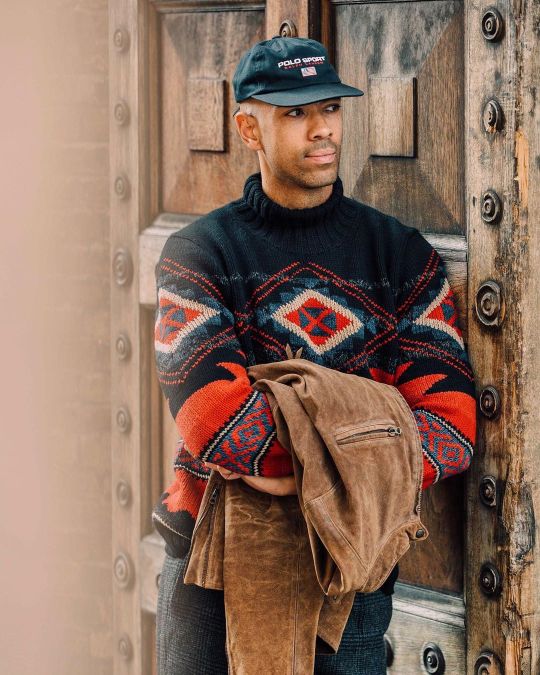Black Friday: The Cozy Edit
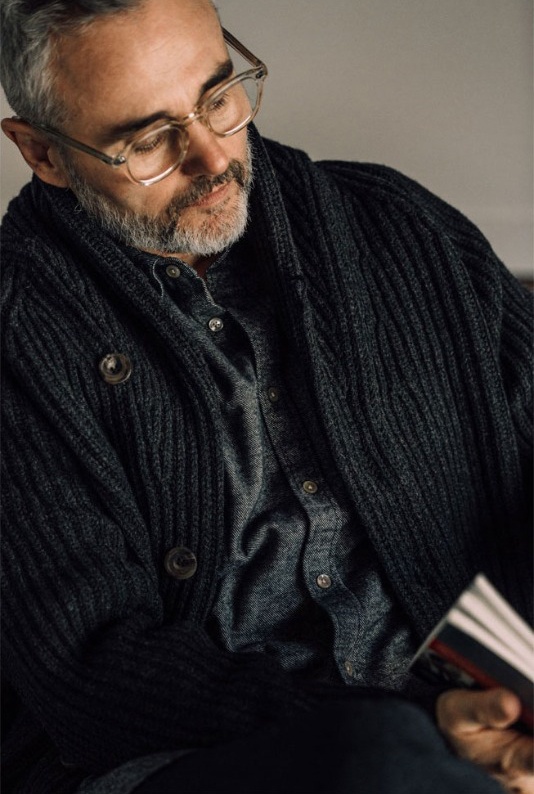
There's a wonderful photo of a grey-haired Ralph Lauren sitting at home, lounging in his leather armchair while looking pensively out the window. He's wearing coral orange trousers, likely made from corduroy, a pair of black velvet Prince Albert slippers, and a green cable-knit layered over a white dress shirt. Lauren, who's a master orchestrator when it comes to image making, knew precisely how to tell a story through the objects that surrounded him. He omitted the stuffed animal heads traditionally used to decorate rich men's hunting lodges at the turn of the last century. However, he included the books, sculptures, paintings, pillows, and throws traditionally associated with hominess and Old World domesticity. The photo says one thing: this man is comfortable.
As many of us are spending more time at home these days, I thought I'd put together a list of some of my favorite domestic items, which are now part of various Black Friday promotions. Over at Put This On, you can find a full list of every worthwhile Black Friday and Cyber Monday deal for the next few days (I will be updating the list periodically). But this one focuses on just those things that I think make life at home more comfortable. For me, that means wearing chunky shawl collar cardigans with five-pocket cords, leather slippers, and flannel shirts. It also means rediscovering old hobbies, listening to forgotten records, and cooking up something delicious to eat.
If you're looking to do some Black Friday shopping this weekend, here are ten things that can make life at home more comfortable. Hopefully, you can find something here that works for you.
Keep reading
